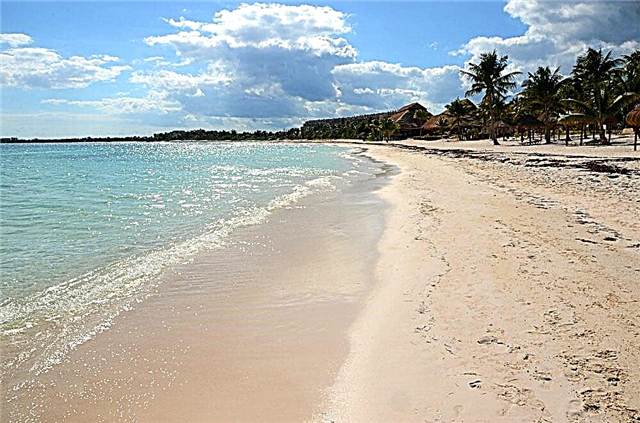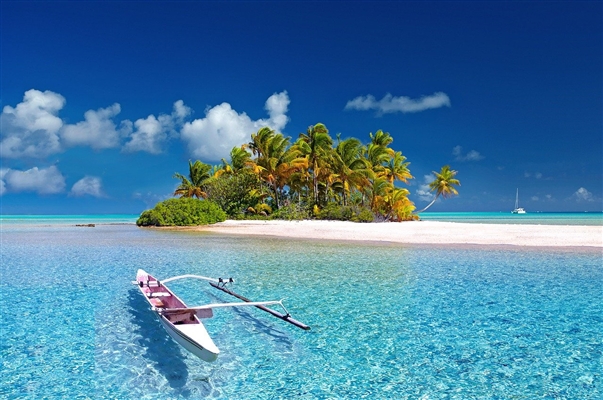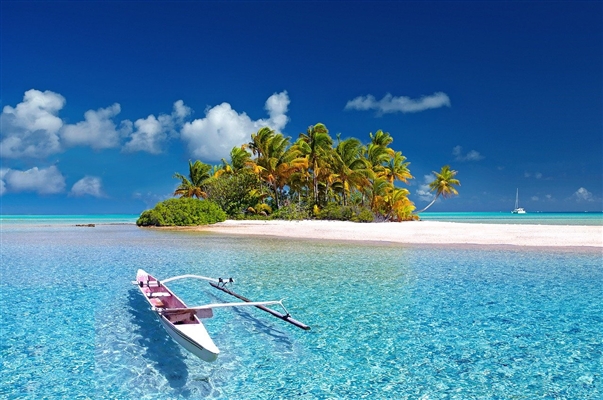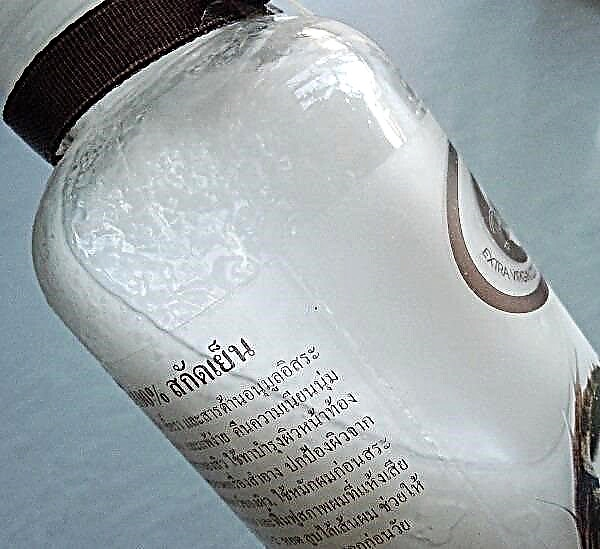This beach, unlike the Red Beach on the island of Santorini, is not formed by sand, as one might have thought at first - sea red algae grow on it.

In spring and summer, algae are of the usual green color, but closer to autumn they acquire a reddish tint, and then completely become blood-red. Thanks to them, the effect of "bloody surf" on the beaches of Liaoning province is obtained.
It is worth noting that Red Beach is a nature reserve, so only part of it is open to the public, but this is enough for travelers - in addition to Chinese tourists, foreign tourists also come to see Red Beach. Migratory birds have also chosen this unique place: 236 bird species live here, of which more than 30 are protected by the state. The reserve is a convenient place for bird watching, especially for Japanese cranes. So if you are looking for what to see in China, Panjin Red Beach is a great option for a little independent trip.
In addition to the aesthetic pleasure of the unearthly landscape, plants bring invaluable benefits: they are used to make agar-agar, which is added to food products, used as nutrient media in microbiology and used in medicine.

Where is the Red Beach: Shuantai Hekou Nature Reserve in the Liaohe River Delta in Liaoning Province, near the cities of Panjin and Yingkou. It is best to take a train from Beijing to Panshan, where you will have to take a taxi to the reserve.












